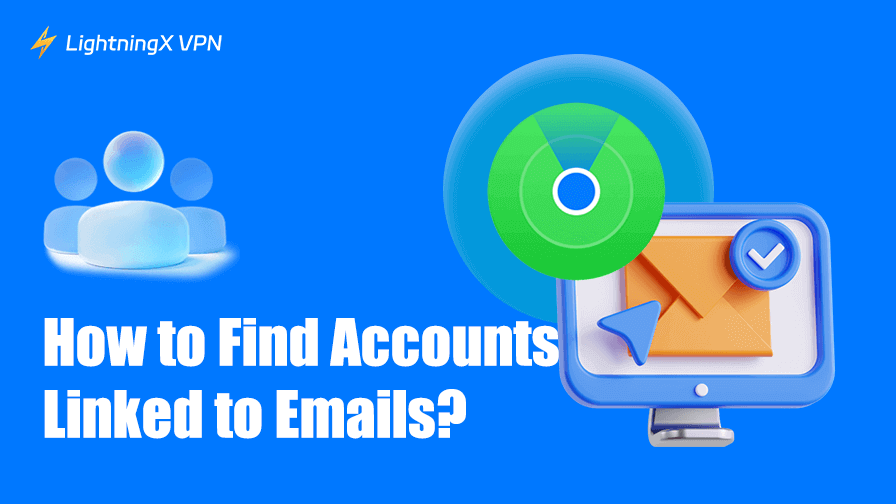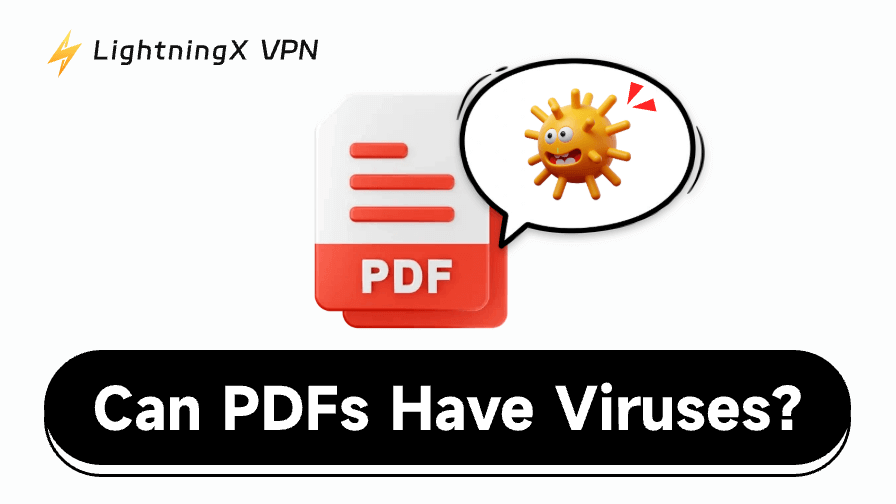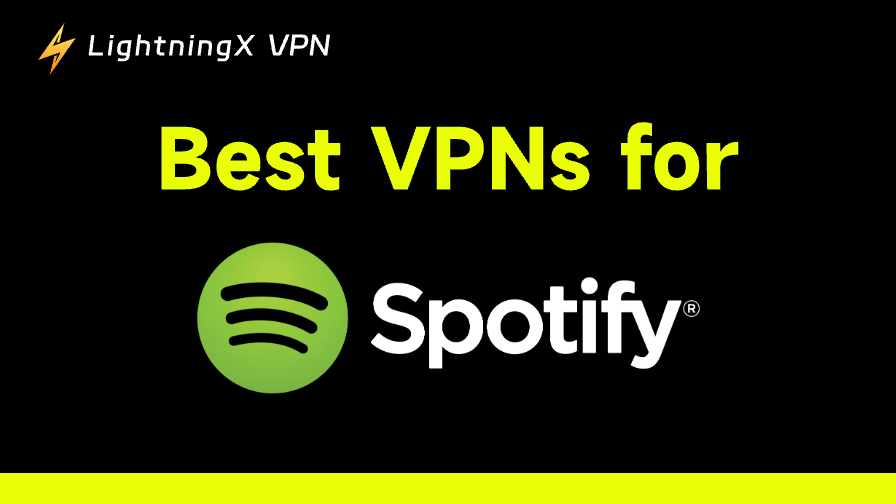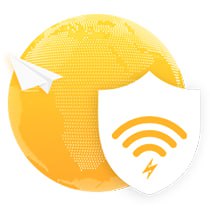How to find all accounts linked to my email address? This is probably the most asked question these days. Over time, we create many accounts and forget them. These old accounts may risk your personal data. If you want to find them and protect your privacy, this post will help.
Why It Matters to Find Email-Linked Accounts?
You risk gradually losing control of your information if you forget about previous accounts. Sensitive information may be stored on these accounts for years without anyone noticing. The following are your primary risks:
- Security threats: Because abandoned accounts are rarely checked, hackers frequently target them. Passwords that are weak or out-of-date provide easy access to your online life.
- Data leaks: Personal information, including phone numbers, addresses, and payment information, may be contained in even older profiles. Your information might be made public if those platforms experience a breach.
- Spam overload: Unwanted newsletters and commercial emails are continuously generated by dormant sign-ups. This eventually clogs your inbox, making it more difficult to see critical communications.
- Digital clutter: There are additional users, passwords, and settings to keep track of when there are too many forgotten accounts. Because of this, managing your online life can be burdensome and complicated.
- Privacy erosion: Long after you cease utilizing a company’s services, it may still follow your previous accounts, gather information, and store it.
How to Find All Accounts Linked to Your Email Address?
Here are 6 clear steps you should follow to check all the accounts and related information linked to your email address.
Step 1: Search from Your Email Inbox
Your inbox holds the first and most reliable clues. Every sign-up usually comes with a welcome email or a verification message.
- Use your email’s search bar.
- Try keywords such as “welcome,” “verify,” “confirm your email,” “account created,” or “subscription.”
- Sort by date to uncover older accounts.
This simple method is free, quick, and effective. It often reveals forgotten sign-ups from years ago.
Step 2: Try the “Forgot Password” Trick
The next step is to use password recovery features. Many websites allow you to check whether your email is linked to an account.
Here’s how:
- Visit a website or service you suspect you used.
- Click “Forgot Password” on the login page.
- Enter your email address.
If the system confirms your email exists, you know you have an account there. You don’t need to reset the password unless you want to log back in. This is just a way to confirm the connection.
Related: How to Recover Gmail Account Without Password?
Step 3: Explore Your Email Provider’s Security Dashboard
Major email providers keep track of which services are linked to your email.
- Gmail: Go to Google Account > Security > Third-party apps with account access.
- Outlook/Hotmail: Visit Microsoft Account > Privacy > Apps & services.
- Yahoo Mail: Open Account Info > Recent activity.
These dashboards show websites and applications granted access to your email. Reviewing them reveals both active and forgotten accounts.
Step 4: Check Social Media Platforms
Your email is often used to create or verify social media accounts. Old social networks may still store your details.
- On Facebook, Twitter (X), LinkedIn, or Instagram, use the recovery page with your email.
- Check whether accounts exist or were linked.
- Review third-party app connections inside your social profiles.
Social accounts are especially risky because they usually contain personal information. Forgotten profiles can be valuable targets for identity theft.
Step 5: Review Subscription and Payment History
Many accounts are tied to services with recurring payments. Even if you stopped using them, they may still exist.
- Check your PayPal, Apple ID, and Google Play accounts for subscriptions.
- Review your credit card or bank statements.
- Match subscription names with emails in your inbox.
This step is important because it uncovers accounts with stored payment details.
Step 6: Clean Up and Secure Accounts
Finding all linked accounts is only the first step. Once you know what exists, you need to take action to ensure your online safety.
- Delete unused accounts. Such as deleting your LinkedIn account.
- Update your passwords. Focus on active accounts you still need.
- Enable two-factor authentication (2FA). This makes hacking far more difficult.
- Unsubscribe from newsletters. Stop unnecessary emails that clutter your inbox.
Taking these actions helps you secure your accounts and minimize risks.
Best Practices for the Future
After cleaning up, it’s wise to build habits that prevent account chaos in the future.
- Use the best password manager. It records every account you create.
- Create separate emails. Use one for work, one for personal use, and one for sign-ups.
- Review regularly. Every 6–12 months, check for linked accounts.
- Avoid reusing passwords. Unique passwords keep breaches contained.
- Use a VPN. Numerous websites may be accessed as you search for and manage accounts. It’s dangerous to do this on insecure networks or public Wi-Fi. A VPN is useful in this situation.
LightningX VPN is an excellent choice. While you manage your accounts, it shields you from cyber snooping, encrypts your internet traffic, and hides your IP address. Strong encryption algorithms like AES-256-GCM and ChaCha20-Poly1305 are used by LightningX VPN in conjunction with encryption protocols like Shadowsocks, Vless, and WireGuard to guarantee that data is untraceable and cannot be intercepted while in transit. Now download and get a free trial for new users with a 30-day money-back guarantee if you subscribe to one of the plans.
Common Mistakes to Avoid
While searching for accounts, some mistakes can expose you to even more risks.
- Resetting passwords blindly. Confirm an account exists before resetting.
- Clicking suspicious links. Old emails may contain dangerous phishing links.
- Using shady search services. Avoid sites that ask for your email and password. Legitimate tools will never request login credentials.
Stay cautious and focus on safe methods only.
Bonus: Signs You May Have Hidden Accounts
Sometimes you may not realize an account exists until you notice:
- Random charges in your bank statements.
- Emails from services you don’t remember signing up for.
- Password reset messages you didn’t request.
These are red flags. If you spot them, start an immediate account search and secure your information.
Conclusion
Forgetting previous accounts is common, but ignoring them poses dangers. They may permit spam, reveal private information, or even result in identity theft. The answer is straightforward: use the following instructions to find all accounts linked to your email address for free, secure the ones you don’t need, and delete the others. You can preserve your privacy tomorrow with a little work today.





















